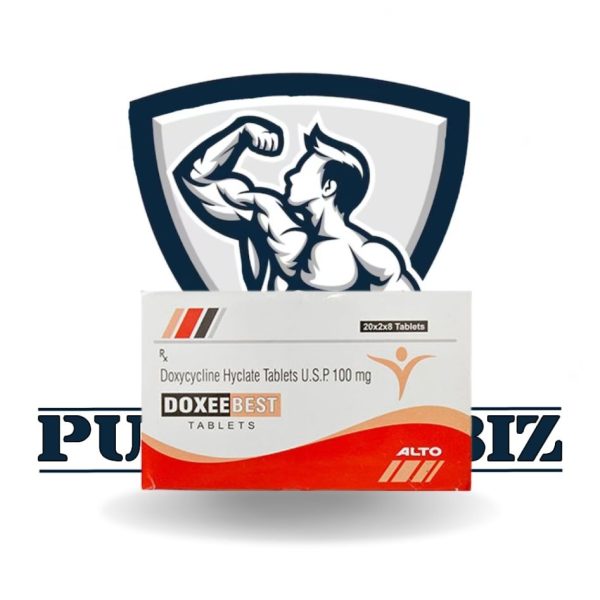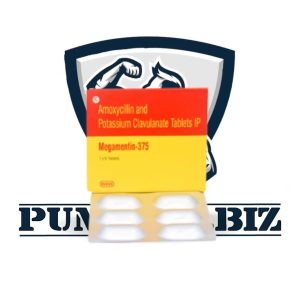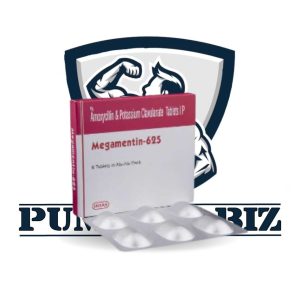BRAND: Alto
SUBSTANCE: Doxycycline
PACK: 100mg (30 capsules)
Doxycycline is a semisynthetic antibiotic of the tetracycline group of a broad spectrum of action. Has a bacteriostatic effect.
Pharmacological action
Pharmacological action – antimicrobial, antibacterial (bacteriostatic). Inhibits the synthesis of proteins in the microbial cell, disrupting the binding of the transport aminoacyl RNA to the 30S subunit of the ribosomal membrane.
After oral administration, it is almost completely absorbed. Has a high degree of lipid solubility and low affinity for calcium binding. Stable in plasma. C_max – 3.61 μg / ml, the elimination rate constant is 0.049 per hour. T_1 / 2 in plasma is from 10 to 20 hours (mainly – 12-14 hours, on average – 16.3 hours). The peak in blood is noted on average after 2.6 hours. Plasma proteins bind to 80-92%. Penetrates into most tissues and body fluids, bile, secretions of the paranasal sinuses, pleural effusion, synovial and ascitic fluids, fluids of the gingival sulci. It accumulates in bones, teeth, liver, spleen, prostate gland, creates therapeutic concentrations in the tissues of the eye. It penetrates the placenta and is found in the fetus. In the liver biotransformed 30-60%. Concentrates in the liver, excreted with bile, urine and feces in large quantities and biologically active form. 20-60% of the dose is excreted by the intestine, the rest 35-60% – by the kidneys (of which 20-50% are unchanged). The level of renal excretion is 40% for 72 hours. Cumulation is possible. Forms insoluble complexes with calcium in bones and teeth.
Side effects
Possible: nausea, vomiting, anorexia, abdominal pain, diarrhea, allergic reactions in the form of edema, itching, skin rash (syrup may contain sulfites that can cause allergic reactions right up to anaphylaxis and severe attacks of bronchial asthma), dizziness, sweating.
Rare: Quincke’s edema, photosensitivity, eosinophilia.
With long-term use of the drug it is possible: neutropenia, thrombocytopenia, hemolytic anemia, transient increase in the level of transaminases in the blood plasma, development of candidiasis, intestinal dysbacteriosis, reinfection with resistant strains, persistent discoloration of tooth enamel.







